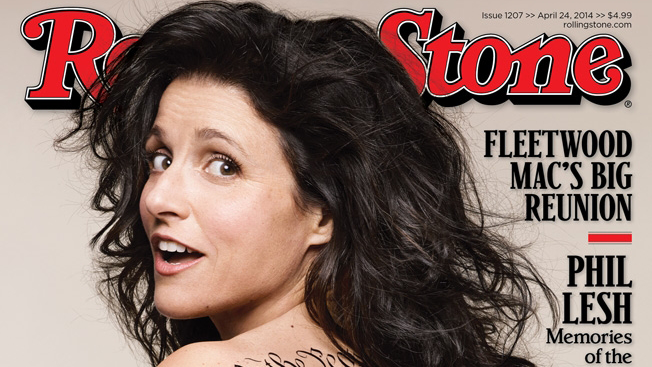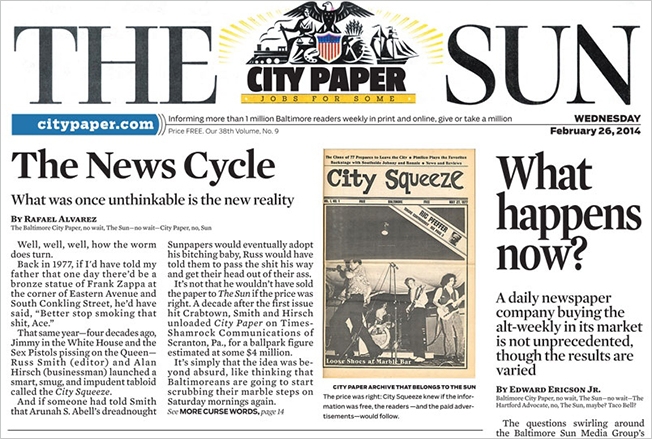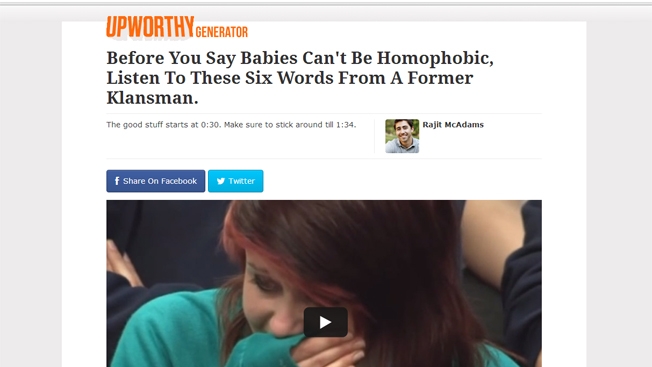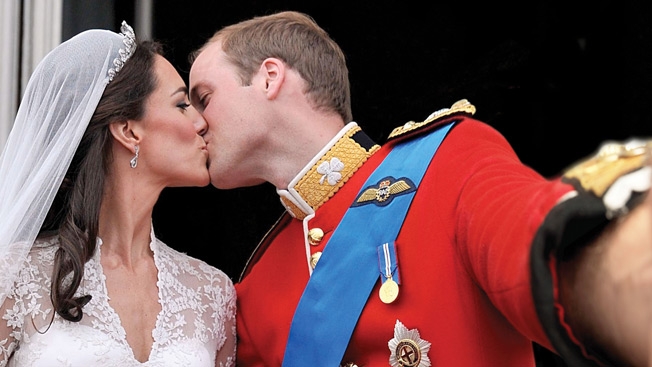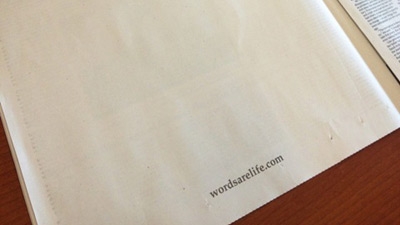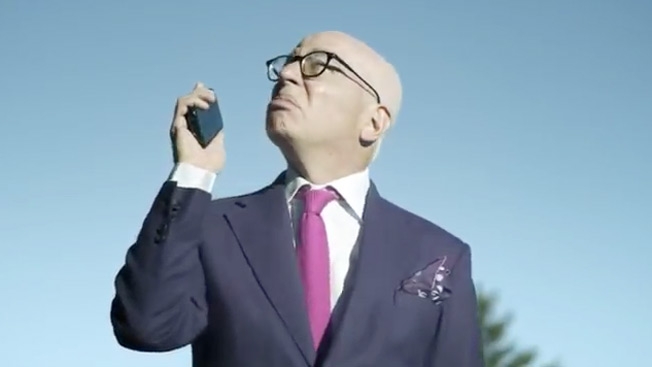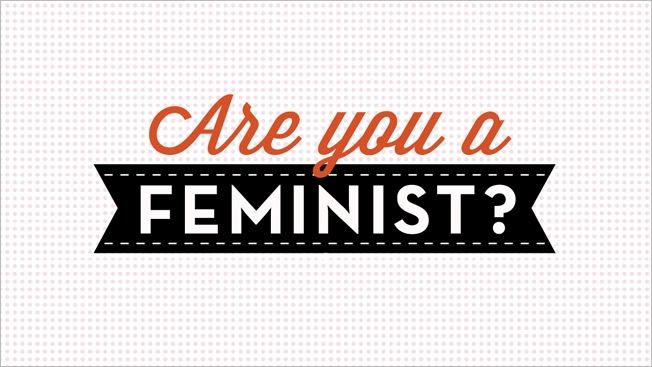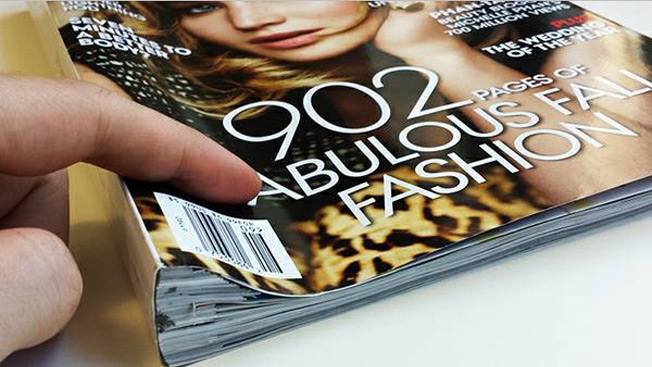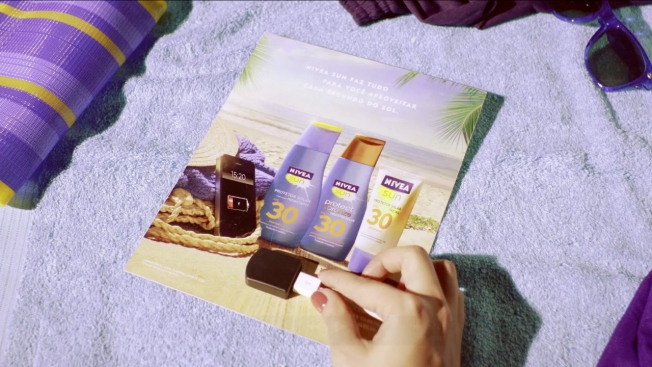Comic Icon Archie Will Die Taking a Bullet for a Gay Politician
Posted in: Uncategorized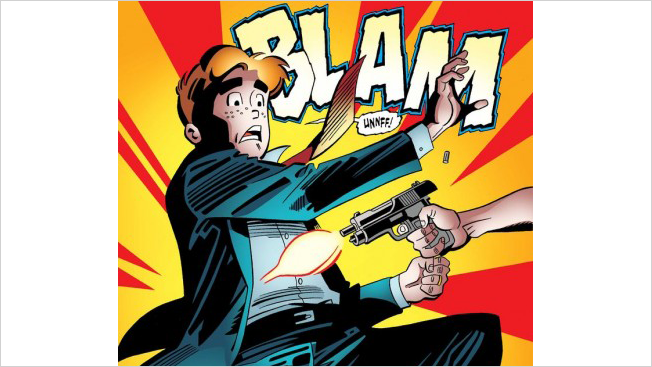
Archie Andrews, the iconic American comic book character introduced 73 years ago, will die this month when he takes a bullet meant for an openly gay U.S. Senator who supports stricter gun control.
His death (which we should note isn’t much of a spoiler since it was revealed by the creators months ago) occurs in Life With Archie No. 36, and its aftermath will be featured in No. 37, the final volume of a series that follows the grown-up adventures of the character and his pals from Riverdale, USA. The more familiar teenage Archie lives on in other titles, which, like many comics, have their own continuities.

Archie has focused on serious social topics quite a lot in recent years, with stories exploring cancer, death, affordable healthcare and gay marriage. (The wedding of his friend, Kevin Keller, sparked a boycott from conservative group One Million Moms in 2012.) The main character’s death, however, clearly ups the ante and has generated considerable media attention since the twist was revealed in April. (The details of Archie’s death weren’t disclosed until this week, and the shooter’s identity hasn’t been disclosed.)
Major comic book characters have “died” before, notably Superman, Captain Marvel and Spider-Man, but Archie’s demise is different because he’s a mortal with no special powers who sacrifices himself in a politically charged narrative.
“He’s human. He’s a person. When you wound him, he bleeds. He knows that. If anything, I think his death is more impactful because of that,” Archie publisher and co-CEO John Goldwater told the Associated Press. “We hope by showing how something so violent can happen to Archie, that we can—in some way—learn from him.”
For the most part, public reaction has been mixed, and mainly split along progressive/conservative lines. One Huffington Post commenter says Archie’s writers have “taken this venerable old line and breathed a new essence into it,” while another chides, “It is exasperating to see the extent of childish propaganda in our society.”
A Verge reader asks, “Is it really appropriate to take a character that’s been a comic book character and a pop culture icon for 70+ years and to kill him off for the sake of a modern political statement? That’s like… killing off Donald Duck to protest the Vietnam War, or killing off Charlie Brown to protest the Affordable Care Act.”
Some question whether a potentially powerful message is undermined by offing Archie in one story arc while he remains youthful and alive in other series still available on newsstands. “While I’m all for tackling tough issues in comics, my problem is that Archie isn’t going to stay dead,” writes a commenter at ComicsAlliance.com. “When you write a story tackling something like gun violence, when the main character of the book eventually comes back the whole point of the story loses its weight.”
Chris Cummins, who follows comics at DenOfGeek.us, takes a broader view, and believes that Archie’s martyrdom is in keeping with his selfless personality and true to the spirit of the overall series: “This demise is a fitting and tonally perfect tribute to a character who has always put his friends first.”
![]()

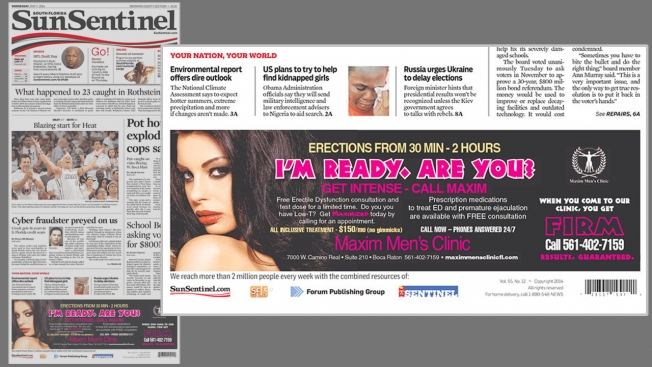

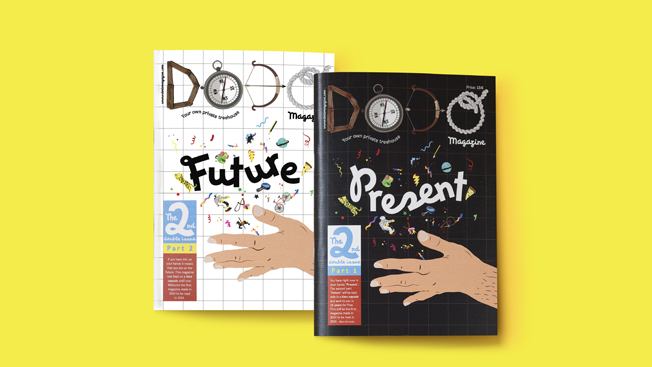

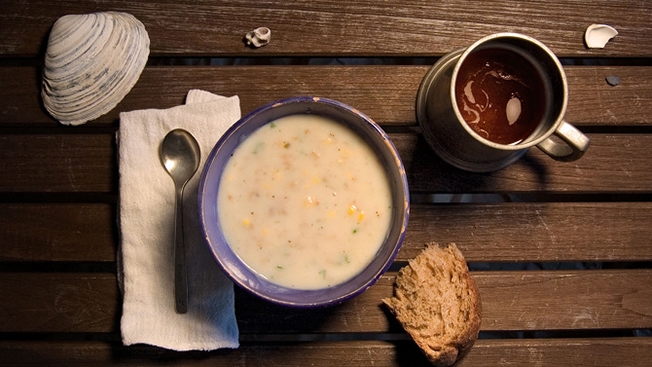
.jpg)
.jpg)
.jpg)
.jpg)
.jpg)
.jpg)
.jpg)
.jpg)
.jpg)



